Introduction
Already supported by the majority of OS platforms, Microsoft Multipath I/O (MPIO) optimizes storage performance and provides fault-tolerant connectivity to storage. This document addresses how to configure Windows 2012 Fibre Channel (FC) MPIO with AccelStor NeoSapphire.
• If you are not familiar with how to make Windows identify volumes from an AccelStor NeoSapphire all-flash array using a Fibre Channel connection, please refer to the document entitled “How to Make Windows Identify Volumes from AccelStor NeoSapphire using Fibre Channel Connection” before proceeding.
Use Case
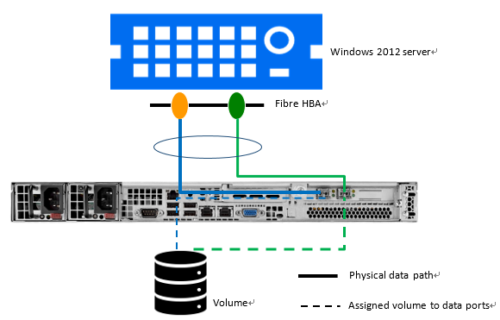
Multipath I/O recognizes and manages redundant data paths to an individual volume (refer to the physical cabling of the red and green lines in the Use Case diagram). It ensures greater reliability through a path failover mechanism in the event of cabling or component failure, and multiple data paths can be employed to provide greater aggregate throughput than one path can provide.
Please note:
• This scenario uses a direct attached storage structure to demonstrate how to configure Windows FC MPIO with AccelStor NeoSapphire.
• Actual field deployment usually has a switch configured in between the host and storage, so the paths can be more flexibly adjusted.
NeoSapphireGo to Share | Volume Management > Add.

Enter the volume name and size.
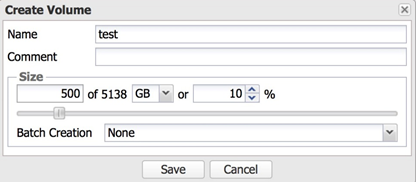
Volume creation is completed.

Go to Share | Fibre Channel
Make sure the FC cable is plugged into the FC port properly. If it is, the cable speed will be displayed.

Under the Port 01 tab, click Edit LUNs.

Click Add.

Select a specific volume.
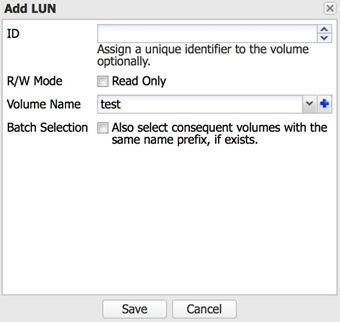
Click Save.
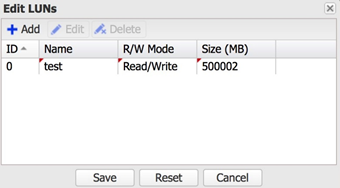
A confirmation message will appear. Click Apply, then Yes.

The volume “test” has been assigned to FC Port 01.

Follow the same steps as above to configure Port 02.
 WindowsMake sure all FC cables are connected properly to the Windows server. Launch the Computer Management console. Since a volume has been assigned to two FC ports without MPIO, Windows will display two disks.
WindowsMake sure all FC cables are connected properly to the Windows server. Launch the Computer Management console. Since a volume has been assigned to two FC ports without MPIO, Windows will display two disks.

To enable MPIO, open Server Management -> Add Roles and Features -> Features. Tick the Multipath I/O checkbox.

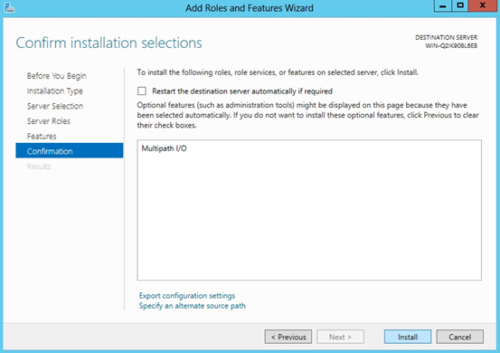
Open MPIO Properties. Select Discover Multi-Paths -> AStor NeoSapphire [model number] -> Add.
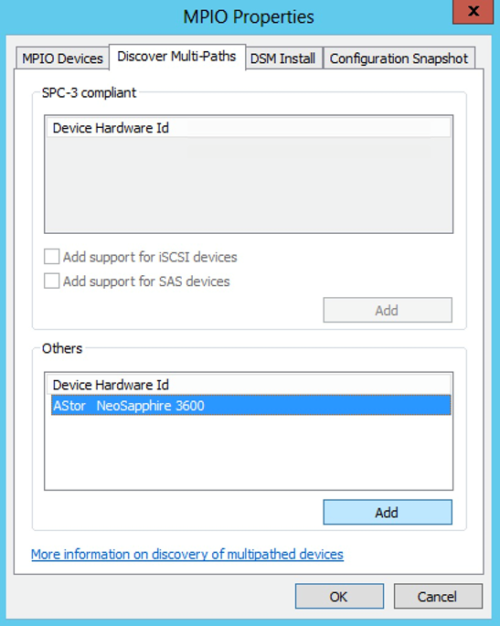
Reboot Windows.
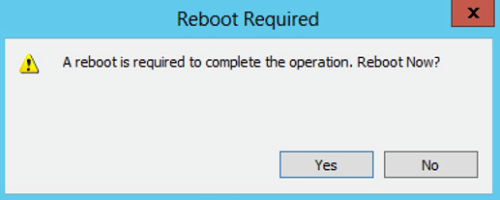
After rebooting, open Computer Management. Only a raw disk will be listed.
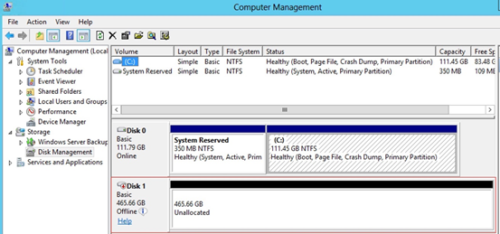
After successfully configuring FC MPIO, effective data transmission paths can be verified with the following steps:

1. Open Computer Management and select Device Manager.
2. In Disk drives, make sure there is only one disk device for the LUN connected via multiple paths.
3. Right-click the disk and in the disk properties, switch to the MPIO tab:
- Make sure the MPIO policy is Round Robin (default setting).
- Count and verify the number of paths to the disk (in this case, two paths). Each should be displayed with an Active/Optimized path state.
Right-click the mouse and select Online.

Right-click the mouse and select New Simple Volume.

Note: When formatting the partition, remember to set the Allocation unit size to 4096.
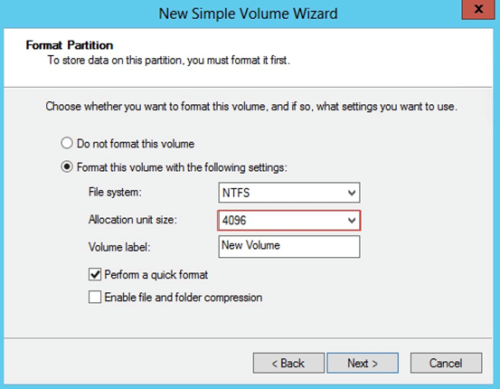
New Volume (D:) is now available.

Run a benchmark tool to see if performance has been enhanced. (This assumes the original performance bottleneck was related to data path bandwidth.)
In this Use Case, we connected two 16 Gb/s FC cables between the server and storage. One 16 Gb/s FC cable can offer up to around 1,500 MBPS per volume; two paths can support up to around 3,000 MBPS per volume.




 Назад
Назад